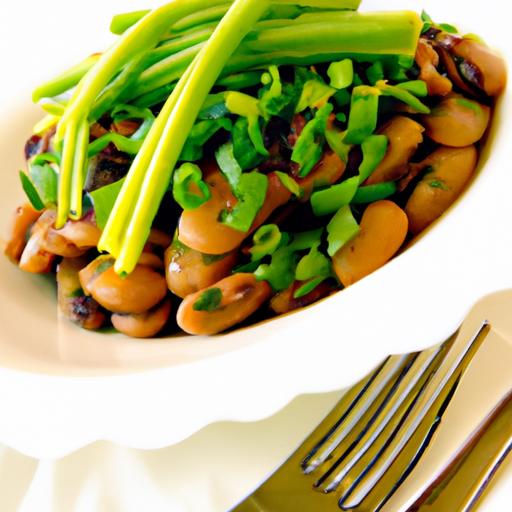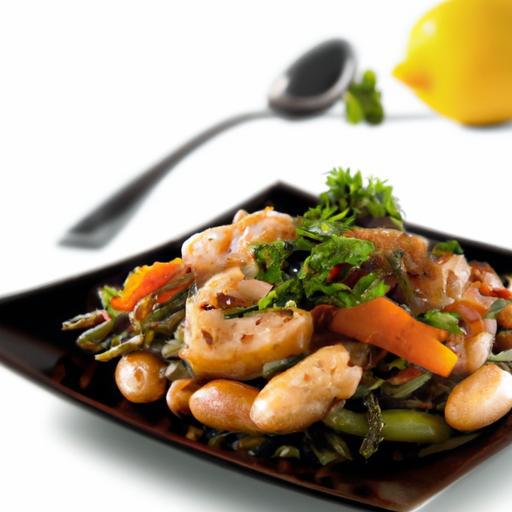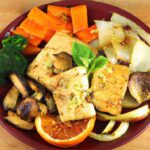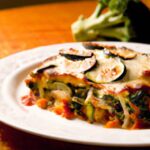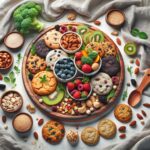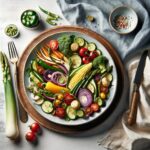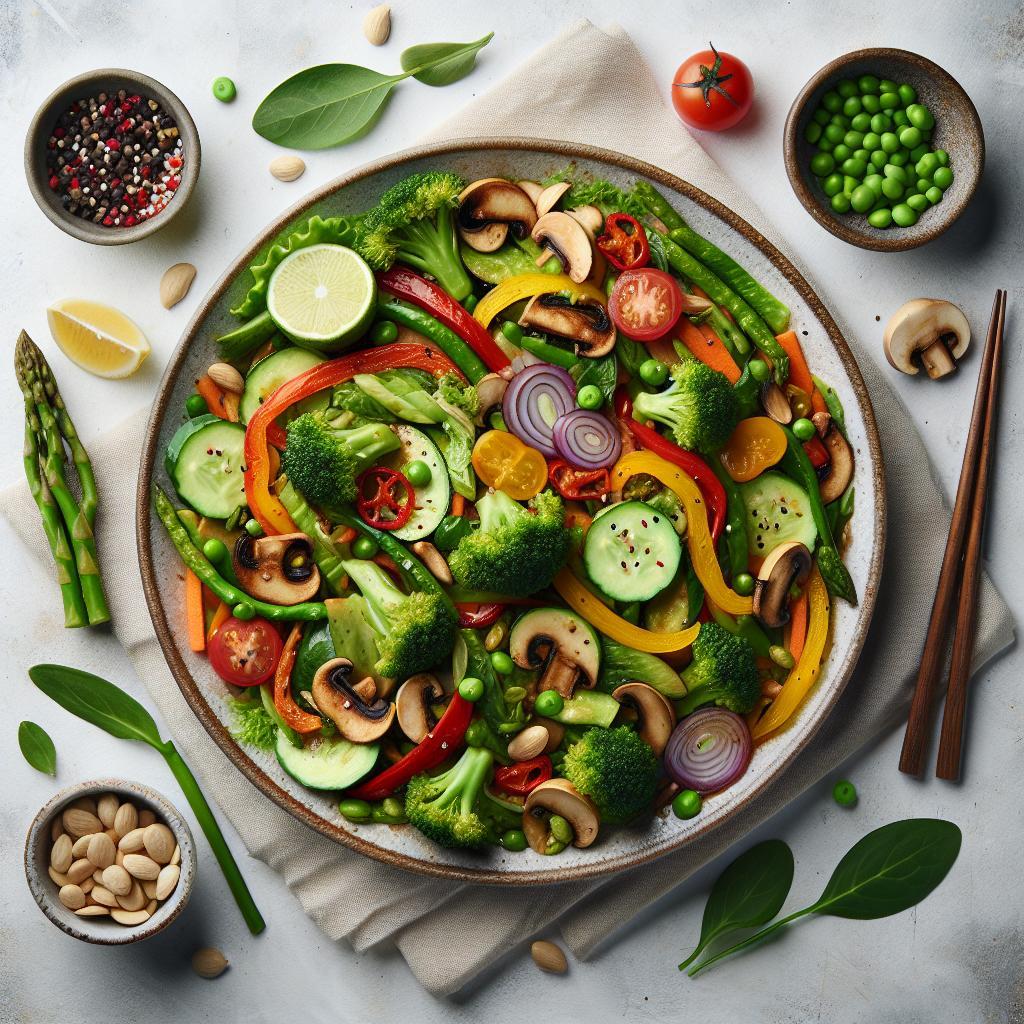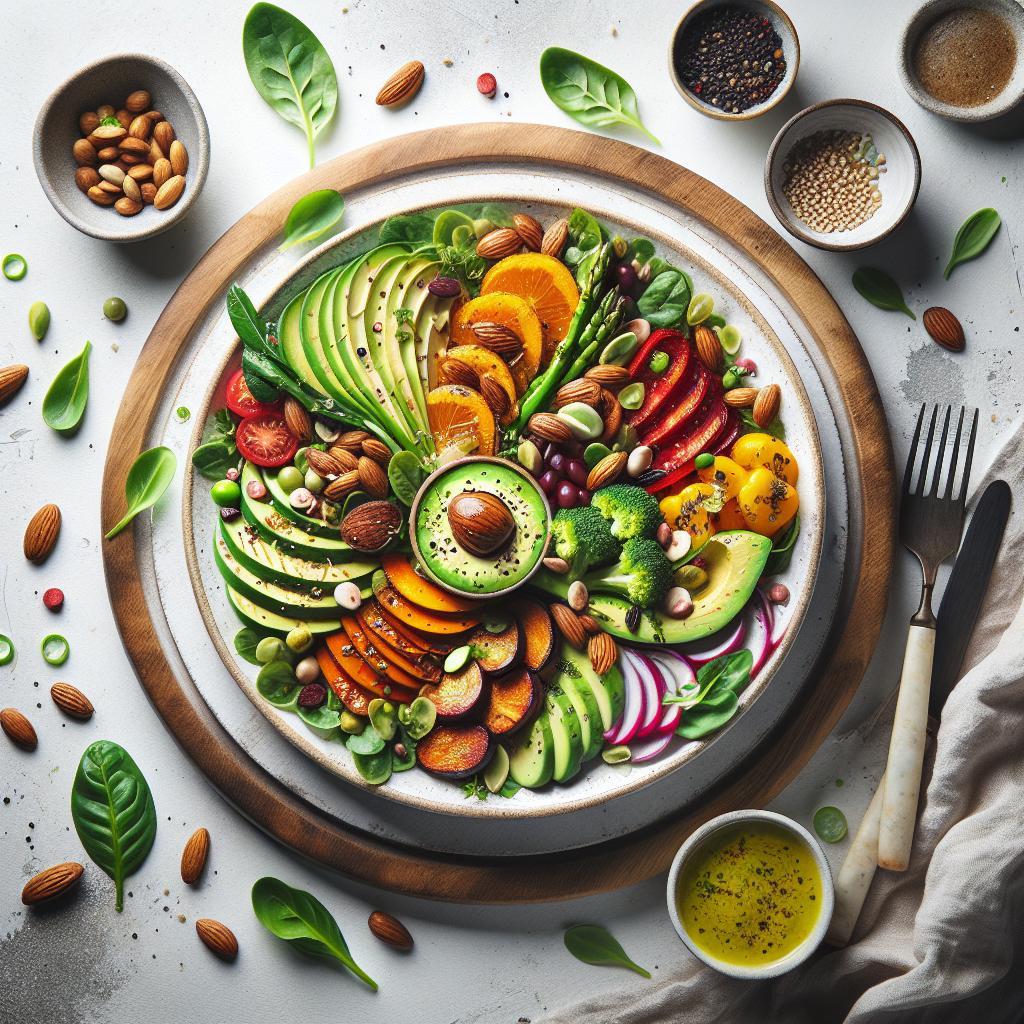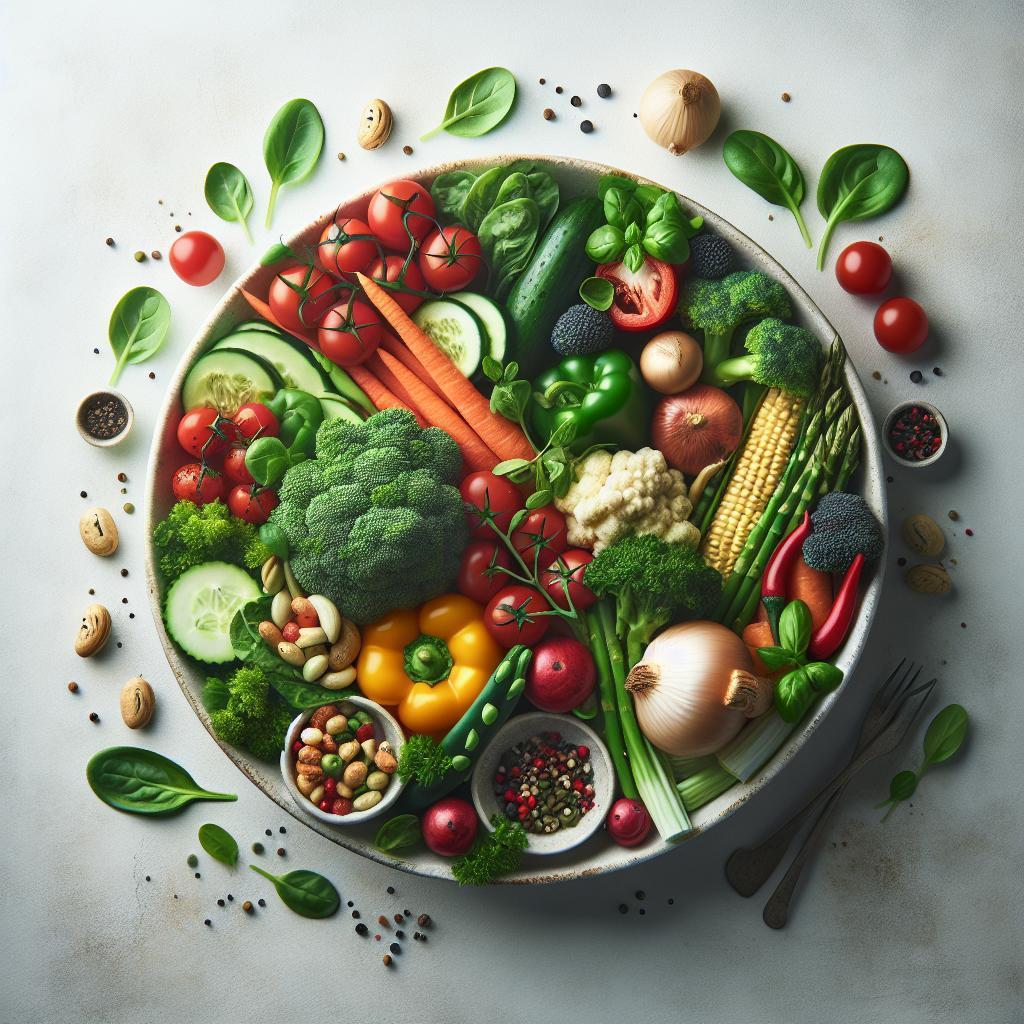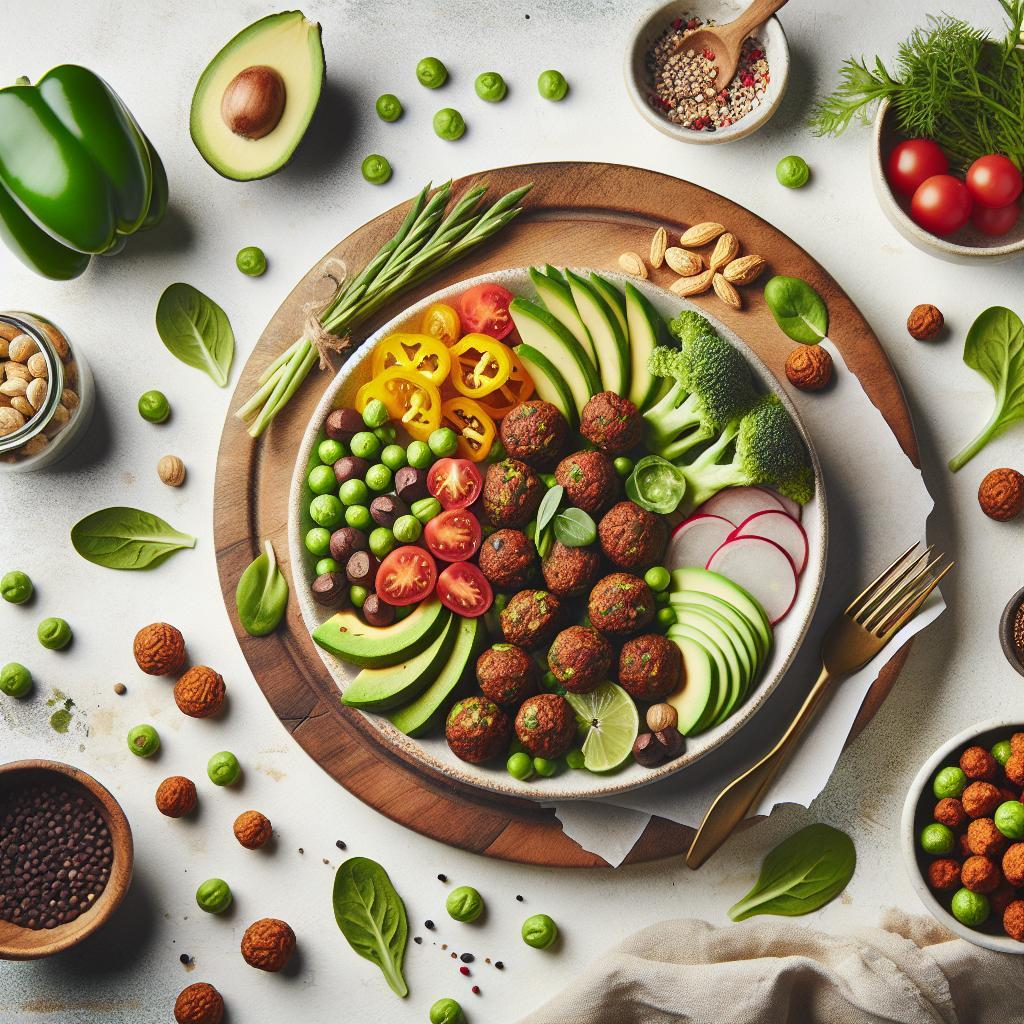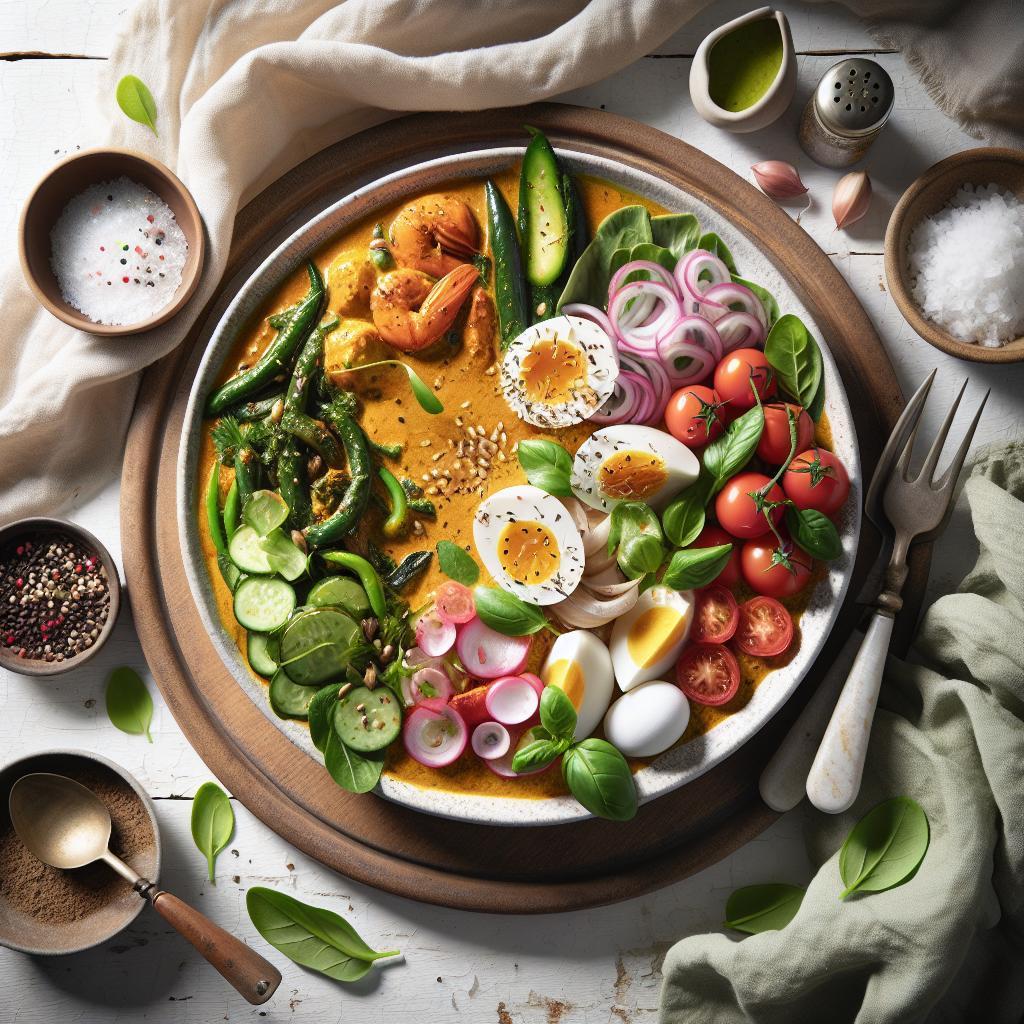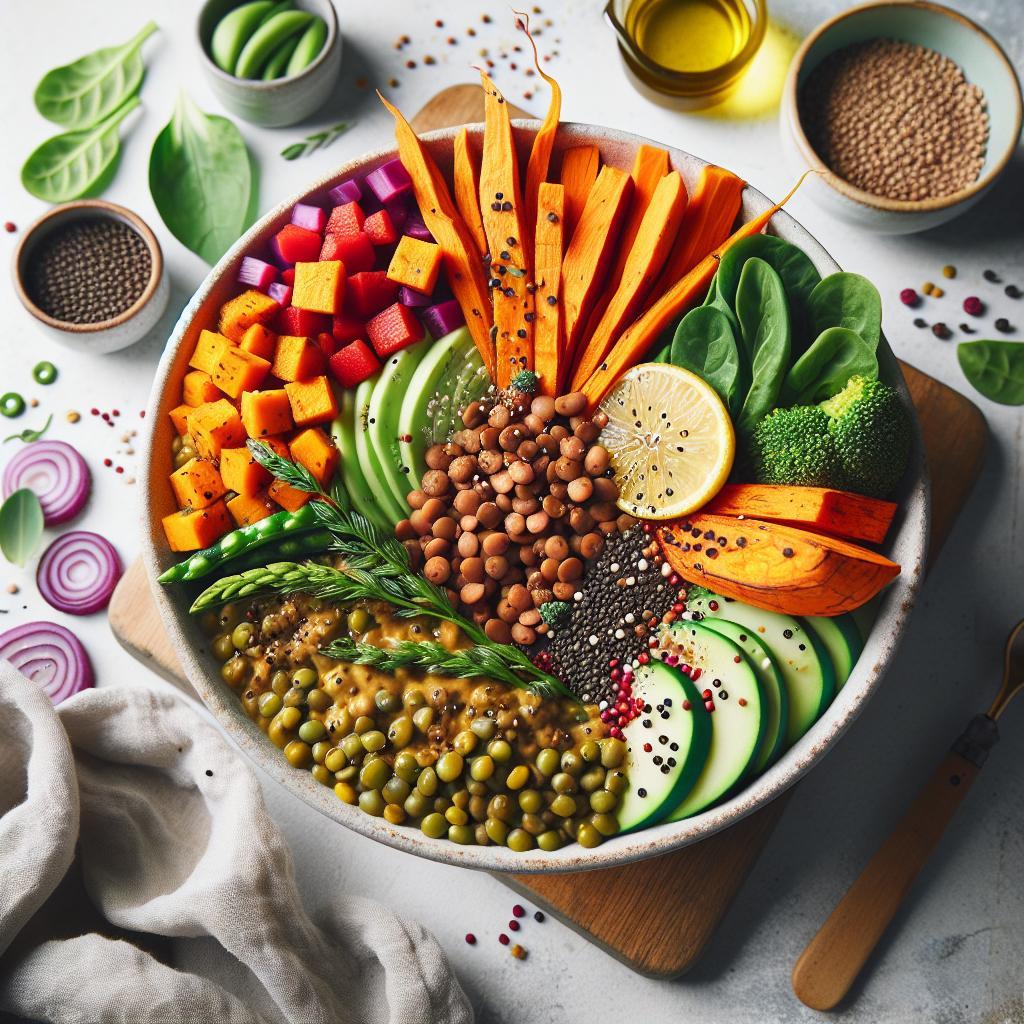Beans are nutritional powerhouses, packed with protein, fiber, and a wealth of essential minerals-iron being one of their shining stars. Yet, despite their richness, the iron in beans often slips through the body’s grasp, leaving many wondering how to truly harness this vital nutrient. If you’ve ever questioned how to get the most out of your humble bean bowl, you’re in the right place. In this article, we dive into smart, science-backed strategies to boost iron absorption from beans, turning every bite into a potent boost for your health. Ready to unlock the full potential of your meals? Let’s explore how simple tweaks can make a world of difference in your iron intake.
Boosting Iron Uptake from Beans: Smart Tips for Absorption
Boosting iron uptake from beans is a fantastic way to nourish your body with plant-based power while maximizing nutrient absorption. Beans are a beloved staple across many cultures, cherished for their rich texture and versatility. Yet, their iron content, while impressive, can sometimes be tricky for our bodies to fully utilize. Fortunately, with a few smart kitchen techniques and pairing tricks, you can unlock their full nutritional potential and savor dishes bursting with flavor and vitality.
Prep and Cook Time
- Preparation: 12 hours (includes soaking/sprouting time)
- Cooking: 45 minutes
- Total Time: Approximately 13 hours
Yield
Serves 4 hearty portions
Difficulty Level
Medium
Ingredients
- 1 cup dry black beans (soaked overnight)
- 1 medium red bell pepper, finely diced (rich in Vitamin C)
- 2 cloves garlic, minced
- 1 small onion, chopped
- 1 tablespoon olive oil
- 1 teaspoon ground cumin
- ½ teaspoon smoked paprika
- Juice of 1 fresh lemon (Vitamin C booster)
- Salt and black pepper to taste
- Fresh parsley for garnish
- Optional: 2 tablespoons cooked quinoa or brown rice (to complement iron absorption)
Instructions
- Soak the beans overnight: Rinse the black beans thoroughly and place them in a large bowl. Cover with 3 inches of water and leave to soak for 8-12 hours. This process reduces phytates, which can inhibit iron uptake.
- Drain and rinse: After soaking, drain the beans and rinse them well under cold water.
- Cook the beans: Transfer the beans to a pot and cover with fresh water by about 2 inches. Bring to a boil, then reduce to a simmer and cook for 40-45 minutes until tender but not mushy. Drain and set aside.
- Prepare the sauté base: In a large skillet, heat the olive oil over medium heat. Add the chopped onion and garlic, sautéing until soft and fragrant-about 3-4 minutes.
- Add diced red bell pepper: Stir in the red bell pepper and cook for another 2-3 minutes. This colorful addition is a natural Vitamin C source, crucial for boosting iron absorption.
- Spice it up: Sprinkle in cumin and smoked paprika, stirring to coat the vegetables and release their aromas.
- Combine beans and lemon juice: Gently fold the cooked beans into the skillet, then stir in lemon juice. The acidity enhances non-heme iron uptake dramatically.
- Season and simmer: Add salt and pepper to taste, simmer on low for 5 minutes to marry flavors. If using, gently mix in cooked quinoa or brown rice for a complete protein and further iron complement.
- Serve and garnish: Transfer to serving dishes and sprinkle with fresh parsley for a splash of green freshness and extra nutrients.
Tips for Success
- Soaking is key: Overnight soaking or sprouting unlocks nutrients and cuts down cooking time dramatically.
- Sprouting alternative: For an extra iron boost, sprout beans for 2-3 days before cooking, which further breaks down phytates and improves bioavailability.
- Vitamin C pairing: Always pair beans with fresh sources of Vitamin C-like lemon juice or bell peppers-to improve iron absorption.
- Try different beans: Substitute black beans with kidney, cannellini, or chickpeas while keeping the Vitamin C focus.
- Prep ahead: Cook extra beans and store refrigerated up to 5 days, ready to transform into new dishes with fresh citrus accents.
Serving Suggestions
This iron-optimized bean dish pairs beautifully with a crisp arugula salad tossed in lemon vinaigrette or served alongside roasted sweet potatoes, whose natural sweetness balances the savory depth.
For extra texture and heartiness, crumble some toasted pumpkin seeds on top, offering a delightful nutty crunch and additional minerals.

| Nutrient | Per Serving |
|---|---|
| Calories | 320 |
| Protein | 18g |
| Carbohydrates | 45g |
| Fat | 7g |
For more on enriching your plant-based meals, check out our Plant-Based Nutrient Combinations Guide. To deepen your knowledge on the role of Vitamin C in nutrition, visit the National Institutes of Health.
Q&A
Q&A: Boosting Iron Uptake from Beans – Smart Tips for Absorption
Q1: Why is iron from beans sometimes hard for our bodies to absorb?
A1: Beans are packed with non-heme iron, a plant-based form that’s less readily absorbed compared to heme iron from animal sources. Additionally, compounds like phytates and polyphenols in beans can bind to iron and reduce its bioavailability, making it a bit tricky for our bodies to soak up the goodness.
Q2: What are the best ways to maximize iron absorption when eating beans?
A2: Think of your meal as a symphony-each ingredient plays a part! To boost iron uptake, pair beans with vitamin C-rich foods like bell peppers, tomatoes, or citrus fruits. Vitamin C acts like a cheerful conductor, transforming iron into a more absorbable form. Also, soaking, sprouting, or fermenting beans can reduce phytate levels, making iron more available.
Q3: Can cooking methods impact iron absorption from beans?
A3: Absolutely! Long soaking followed by thorough rinsing helps wash away some of those pesky phytates. Slow cooking beans can also improve digestibility and iron availability. Just avoid overcooking to preserve nutrients. A little culinary magic goes a long way toward iron-friendly meals.
Q4: Are there any food combinations to avoid with beans when aiming for better iron uptake?
A4: Yes! Calcium-rich foods like dairy and certain teas contain compounds that can inhibit iron absorption. So, it’s best not to combine your bean dish with a glass of milk or a strong cup of tea. If you want both, try to space them out by a couple of hours to keep your iron absorption on track.
Q5: Is it necessary for vegetarians or vegans to worry more about iron absorption from beans?
A5: Since plant-based diets rely heavily on non-heme iron sources like beans, vegetarians and vegans should be a bit more mindful. By incorporating vitamin C-rich foods and employing soaking or sprouting techniques, they can enhance iron uptake and keep their energy levels soaring.
Q6: How often should I eat beans to meet my daily iron needs?
A6: Beans are a fantastic staple and can be enjoyed several times a week. While individual iron needs vary, regular consumption combined with smart absorption strategies ensures you’re fueling your body well. Remember, variety is key-mix beans with leafy greens, nuts, and seeds for an iron-rich rainbow.
Q7: Any fun tip to spice up the way I eat beans and boost iron absorption?
A7: Turn your beans into a zesty salsa with chopped tomatoes, lime juice, and cilantro-a vitamin C delight! Or whip up a hummus with a squeeze of lemon to jazz up your snacks. These little tweaks not only tickle your taste buds but also turn your beans into iron superheroes.
Closing Remarks
As we’ve unraveled the secrets to unlocking the full iron power hidden within beans, it’s clear that a few mindful tweaks in your meal prep can make all the difference. By pairing your beans with vitamin C-rich foods, soaking and sprouting them, and steering clear of iron blockers at the same time, you’re giving your body the best chance to absorb this vital mineral. So, whether you’re a devoted vegetarian or simply looking to diversify your diet, these smart strategies transform humble beans into iron-packed superheroes. Embrace these tips, and let every bite boost your vitality from the inside out-because nourishing your body should always be as clever as it is delicious.